Beef Butt Tenderloin or Filet Mignon
Note: if you live outside of America and can't get Lawry's, any good salt blend will do. (For the record, I think Lawry's has salt, garlic powder, onion powder, and paprika in it, among other things.)
Ladies and Gents, I present to you…Beef Tenderloin. This piece of tenderloin is also known as the tenderloin "butt" piece. A whole beef tenderloin is this piece plus a longer, narrower piece off the left side. But often, butchers sell this most desirable part all by itself. A whole beef tenderloin is delightful, too—the end piece is thinner and gets much more done than this thick center, so if you have a lot of whimpy beef eaters that don't like any pink, it can come in handy. But for this recipe, and because this is the form in which it's commonly sold, we'll use the butt portion.
The butt pieces are generally around 4 to 5 pounds. If you were to get a whole tenderloin, it would be in the 7 pound range. And tenderloin AIN'T cheap; definitely something to save for a special occasion, like Uncle Jimmy's retirement or Aunt Mabel's parole.
Unwrap the meat from the plastic or paper wrapping and rinse well. Now, see all that fat on top? We're going to trim away some of that in order to remove the silvery cartilage underneath. It's really tough and needs to go. So let's get to work, shall we?
With a very sharp knife, begin taking the fat off the top, revealing the silver cartilage underneath. Now cut off the cartilage, pulling with one hand and cutting with the other. I was in a hurry and was getting a little meat, too, but if you're more meticulous and careful, you'll avoid doing that.
This process, while arduous, can also be pretty satisfying…
…Especially when the fat is cooperative and comes off in nice, long pieces, like an apple core on a good day. See the silvery skin underneath? That's what we need to get rid of.
Just keep going; you definitely don't want to take every last bit of fat off—not at all. As with any cut of meat, a little bit of fat adds to the flavor. Just focus on the big chunks so they won't ruin your tenderloin experience. And make no mistake about it…tenderloin is an experience.
Now it's Marlboro Man's turn. These are his hands. Sometimes, I like for him to take over halfway through, because I'm flighty and get bored very easily, which is why I have seventeen unfinished needlepoint projects in the closet of my childhood home. I always liked doing the colorful designs, but when it came time for the plain background, I always cut and ran.
Or is it cut and runned?
Marlboro Man does a better job, anyway. Those hands can do just about anything.
There's an oblong piece of meat on the side of the loin, and sometimes Marlboro Man slices into it to remove some more of that tough, silvery skin. And again, no need to go crazy, just get the cartilage.
When you're finished, you'll have a nicely trimmed tenderloin and a yummy pile of fat for your favorite pet. Some people like to leave a little more fat than this, and that's just fine. As long as you get rid of the silver cartilage, you're good to go. (Hint, you can also ask the butcher to do this trimming for you if the process seems intimidating.)
Now it's time to season the meat. Important point: When you're seasoning a tenderloin, you have to remember that it will be sliced after it's cooked. So you're talking about a much smaller surface area–just the rim surrounding the piece—for seasonings than, say a regular steak, which you'd season on both sides. So you can much more liberally season a tenderloin, because you're having to pack more of a punch in order for the seasoning to make an impact. Start with Lawry's Seasoned Salt. If you live outside of America, any good salt blend will do. (For the record, I think Lawry's has salt, garlic powder, onion powder, and paprika in it, among other things.)
Sprinkle meat generously with Lawry's.
Rub it in with your fingers.
Now take Lemon & Pepper seasoning, Marlboro Man's favorite.
And sprinkle both sides generously.
Now, I like to prepare my tenderloin "au poivre" or with a dang lot of pepper. I like to use whatever tri-colored peppercorns I can find. They're widely available in grocery stores these days, or you can find an old jar from a Williams Sonoma gift basket your punk kid sister gave you eight years ago in the back of your spice cabinet like I did.
Peppercorns don't get old, do they?
I mostly use these peppercorns for the varied colors, but you could easily use all black peppercorn if that's all you have.
In any event, place the peppercorns in a Ziploc bag.
Now, with a mallet or a hammer or a large, heavy can, begin smashing the peppercorns to break them up a bit.
If you're angry at the IRS or your car repair technician or your librarian, this would be a great time to release all of that hostility. Just let it go. And don't forget to breathe.
No need to go nuts on the poor peppercorns; just break 'em up a bit. When you're finished, set them aside.
Now, heat some olive oil in a heavy skillet. This is my iron skillet, my best friend in the kitchen next to Hyacinth.
When the oil is to the smoking point, place the tenderloin in the very hot pan to sear it. The point here is to give the meat some nice color before putting it into the oven, and to seal in the juices. I haven't decided if the whole sealing in the juices part is an old wives' tale, but it sure sounds legit.
After I put the meat into the pan, I throw a couple of tablespoons of butter into the skillet, to give it a nice little butter injection before going in the oven. (If I'd heated the butter with the olive oil, the house would now be filled with black smoke, which I normally wouldn't mind but I wanted to behave myself for the purposes of this post.)
A minute or two later, when one side is starting to turn nice and brown…
Turn it over to the other side.
A couple of minutes later, when the other side is also brown, remove from the skillet and place on an oven pan with a rack. Now it's time to start sprinkling the pummeled peppercorns all over the meat.
Press the pepper onto the surface of the meat.
Go ahead and get it all over your hands. It'll make you look like a really serious chef.
Now, because this is The Pioneer Woman Cooks! and NOT Cooking Light!, put several tablespoons of butter all over the meat. It'll gradually melt as the beef cooks and you'll thank me when you're old and gray and sitting around remembering that delicious beef tenderloin that Pioneer Lady Gal forced you to make. Trust me.
IMPORTANT (and cheap) KITCHEN TOOL: The Meat Thermometer. You can get one at any grocery store and when it comes to beef tenderloin, you don't want to be without it. See, tenderloin is an expensive cut of beef, and if you overcook it, it's all over. You'll hate yourself and have to move to another state. A meat thermometer is the only way to scientifically ensure that you won't throw $60 down the drain.
Stick the long needle of the thermometer lengthwise into the meat, so it will get a representative read of the internal temperature. Leave the thermometer in place while cooking. I always take out my tenderloin just before it reaches 140 degrees, keeping in mind the meat will continue to cook for several minutes after you remove it from the oven. Remember, you can always cook a too-rare piece of meat a little more; but once it's too done, there's nothing you can do.
Now place it in a 475-degree oven until the temperature reaches just under 140 degrees.
It should just take about fifteen to twenty minutes to cook. Stay near the oven and keep checking the thermometer to make sure it doesn't overcook. (Have I mentioned how important it is not to overcook tenderloin?)
Let meat stand ten minutes or so before slicing, so the meat will have a chance to relax a bit.
Sometimes, I like to spoon the olive oil/butter juices from the skillet onto the top of the meat, just for a little extra flavor and cellulite.
Oh, baby. This is it. These end pieces are a little more done (they're about medium rare) than the middle pieces (more rare) will be, but that's good. There's always someone in the crowd who doesn't like it too rare.
And don't worry one bit: rare tenderloin is very safe to eat. And it tastes best that way.
Keep slicing away according to the number of mouths you have to feed, and save the leftover piece for the fridge. HINT: Cold beef tenderloin is even better than freshly cooked tenderloin. It's one of the big mysteries of this life.
Here's another view. Different light. Different angle. Same delectable meat, baby.
See this? Take a good, hard look. It's Heaven. Heaven on a Fork.
Now go forth into the world and roast tenderloin! It's the most delicious thing in the world.
This content is created and maintained by a third party, and imported onto this page to help users provide their email addresses. You may be able to find more information about this and similar content at piano.io
byfordcomprignate.blogspot.com
Source: https://www.thepioneerwoman.com/food-cooking/recipes/a9878/roasted-beef-tenderloin-recipe/
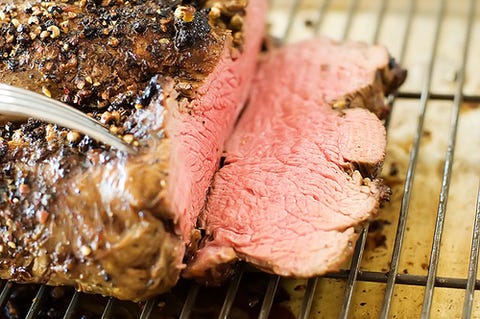

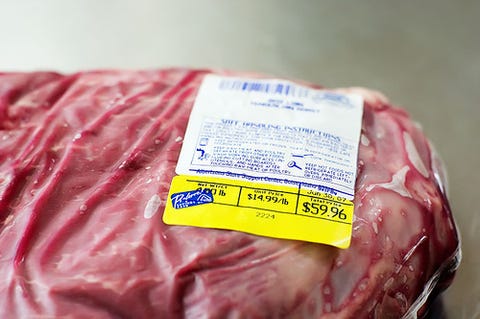
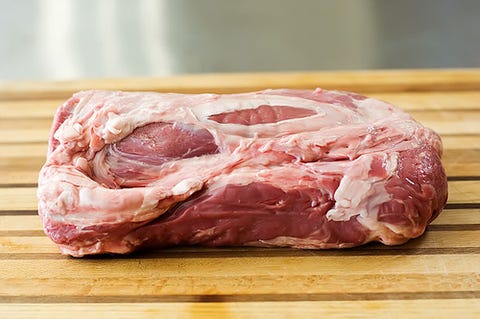
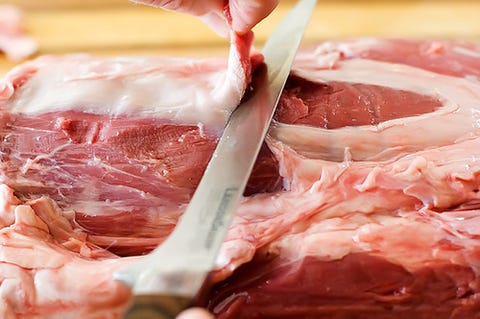

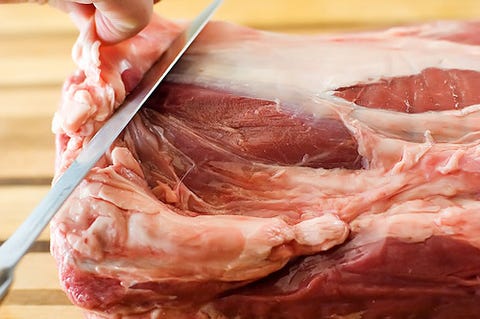

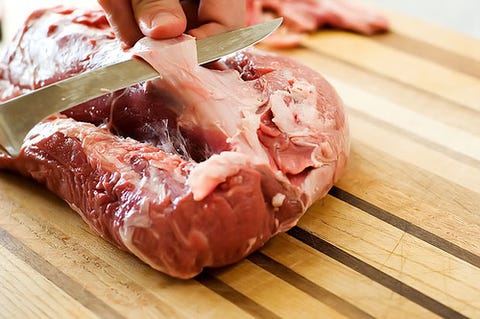
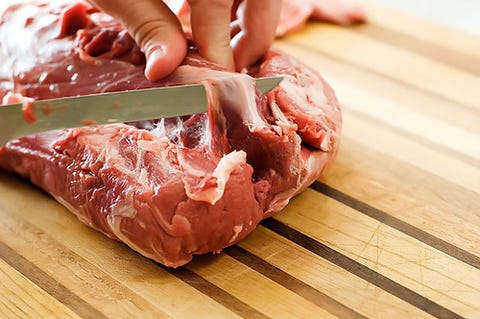
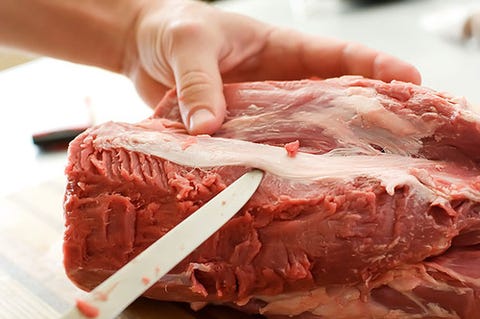

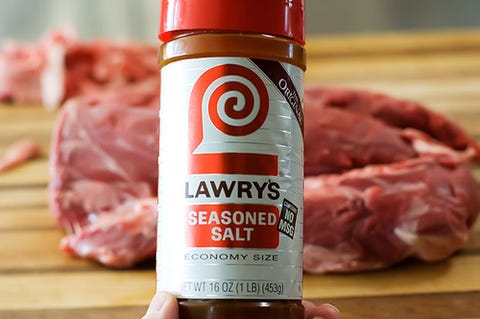
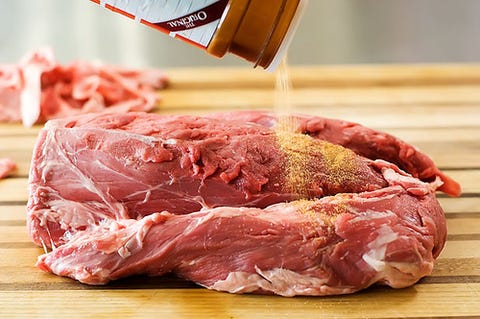
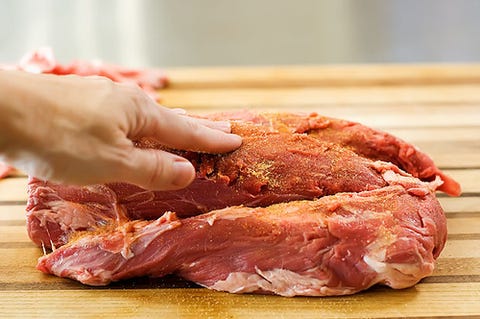

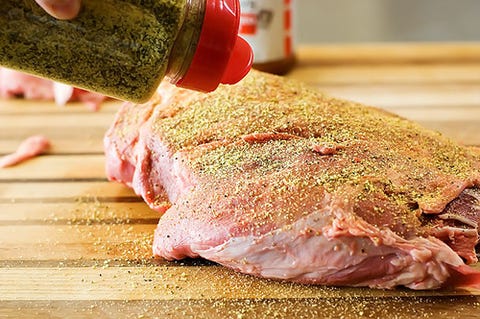
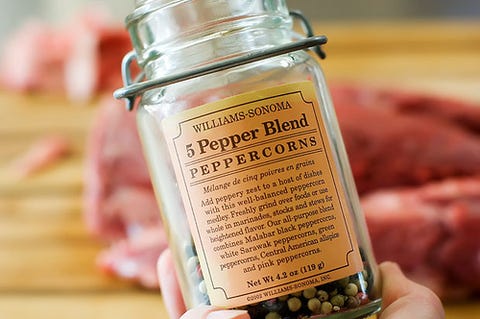
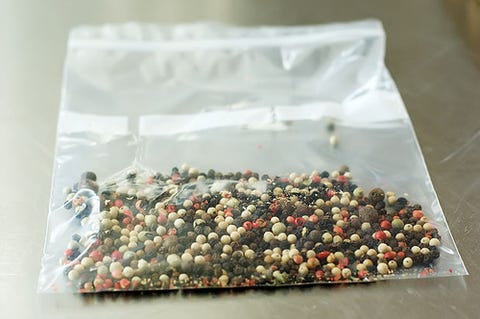
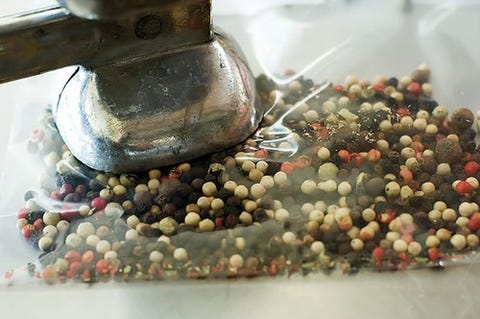


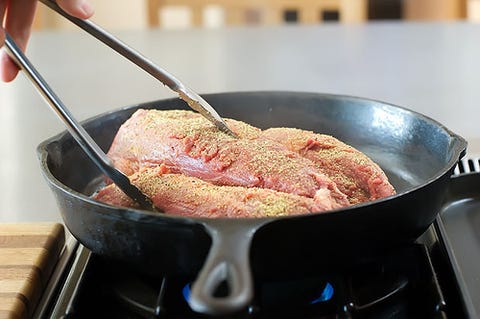



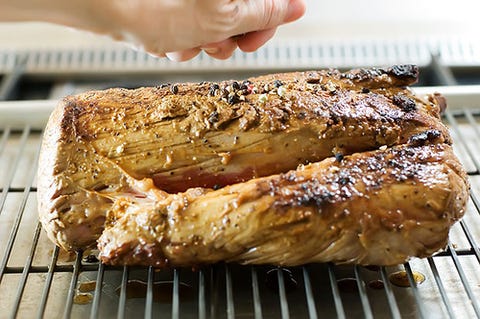
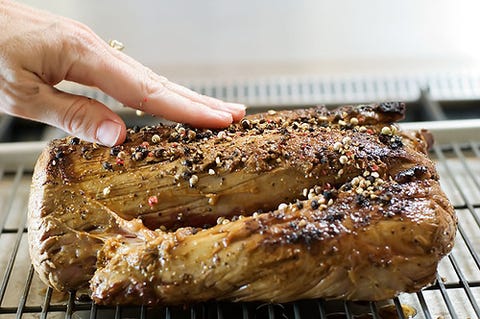

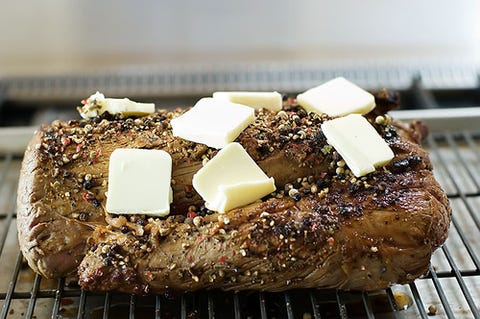

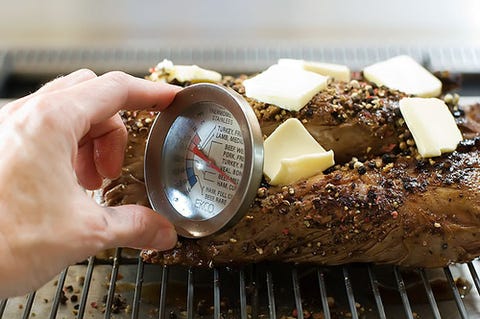
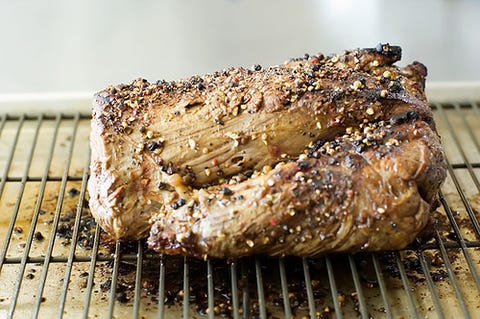


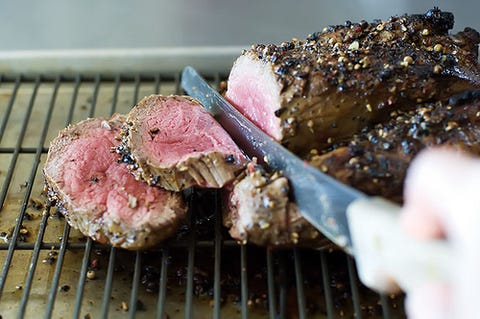
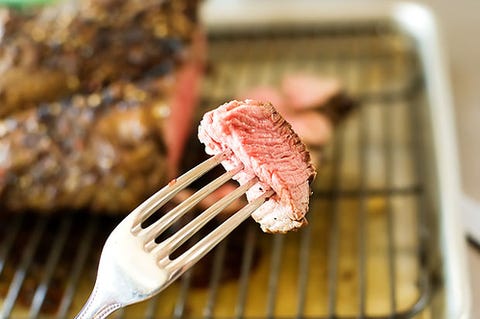
Belum ada Komentar untuk "Beef Butt Tenderloin or Filet Mignon"
Posting Komentar